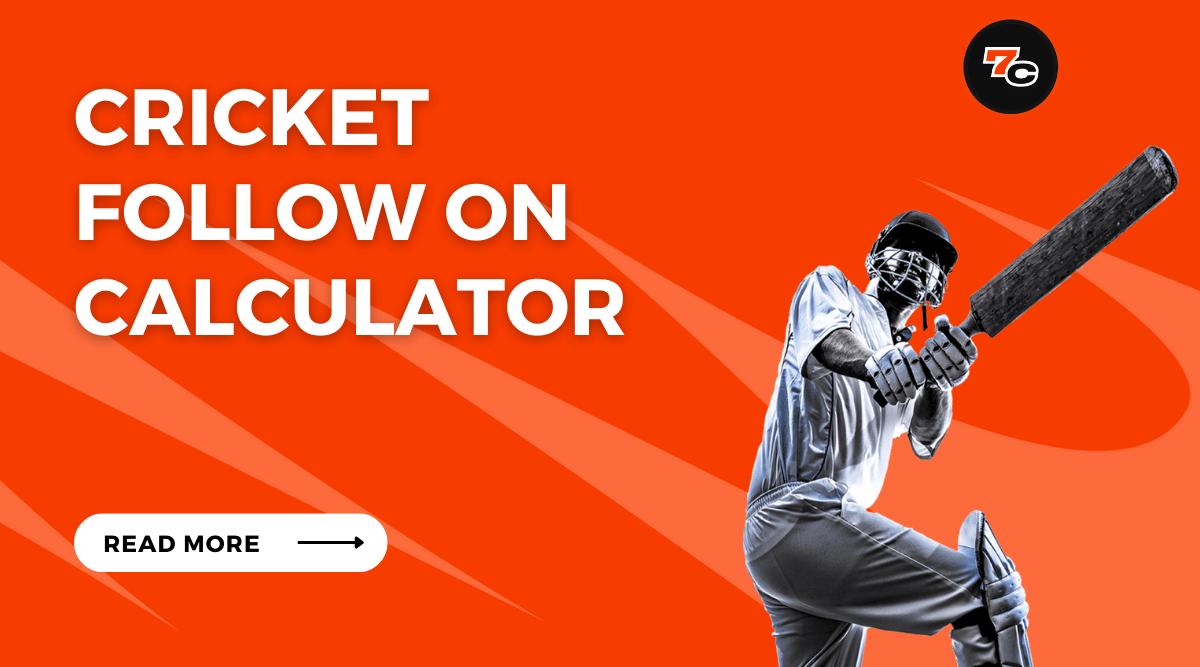Cricket, often regarded as a symbol of fair competition and strategic gameplay, encounters a unique challenge when rain disrupts matches.
The need for an unbiased method to determine revised targets in such rain-affected scenarios led to the development of the Duckworth-Lewis Method.
This article aims to provide an analytical examination of the Duckworth-Lewis Method in cricket, elucidating its underlying principles and addressing criticisms surrounding its implementation.
Key Takeaways
- The Duckworth-Lewis method is used in cricket to address the need for a revised target in rain-affected matches.
- It recalculates target scores based on factors like overs remaining, wickets lost, and run rate.
- The method ensures fairness and maintains the integrity of the game by adjusting the target for the team batting second.
- However, the method has faced criticism for its complexity and potential inaccuracies in reflecting a team's true performance, leading to ongoing discussions about alternative rules.
By ensuring fairness and maintaining the integrity of the game, the Duckworth-Lewis Method holds significant importance in cricket matches plagued by inclement weather conditions.
What Is Duckworth-Lewis Method In Cricket?
The Duckworth-Lewis Method (often referred to as the D/L method) is a mathematical formulation designed to calculate target scores in cricket matches that are interrupted by weather or other unforeseen circumstances.
It was introduced in the late 1990s by two English statisticians, Frank Duckworth and Tony Lewis.
The method has since been updated and is now officially known as the Duckworth-Lewis-Stern (DLS) method after its modification by Professor Steven Stern.
Here’s a basic overview of how the D/L method works and why it’s used:
Purpose
In cricket, especially in limited-overs formats like One Day Internationals (ODIs) and Twenty20 (T20) matches, rain or other interruptions can lead to a reduction in the number of overs that one or both teams can face.
The D/L method provides a fair way to adjust the target score in such situations.
Principle
The D/L method is based on the concept of “resources.” Each team starts with 100% of its resources, which get depleted as overs are bowled and wickets are lost.
The method calculates the percentage of resources remaining for each team at any given point in the match.
Application
- If the team batting second faces a reduction in overs due to an interruption, the D/L method calculates the adjusted target based on the resources available to both teams.
- If the team batting first has its innings curtailed and then the team batting second also faces a reduction in overs, the target is recalculated.
- If the team batting first has its innings interrupted but completes its allocated overs, and then the team batting second faces a reduction in overs, the target is adjusted based on the resources available.
Criticisms and Limitations
While the D/L method is widely accepted and used in international cricket, it has faced criticism over the years.
Some believe it can favor one team over the other in specific scenarios, especially in T20 matches where the dynamics of the game can change rapidly.
There have been instances where teams have found the revised targets either too lenient or too challenging.
Updates
The method has undergone several updates to address its limitations and to make it more relevant to the evolving nature of limited-overs cricket.
The most notable update led to the introduction of the Duckworth-Lewis-Stern (DLS) method.
Despite its complexities and occasional controversies, the D/L method remains the most widely used system for adjusting targets in interrupted cricket matches, as it provides a structured and consistent approach to a challenging problem.
The Need for a Revised Target in Rain-Affected Matches
The need for a revised target in rain-affected matches arises due to the unpredictability of weather conditions and its potential impact on the outcome of the game.
Rain interruptions can significantly disrupt the flow of a cricket match, leading to an incomplete match or an unfair advantage for one team.
To address this issue, a revised target calculation method is employed, known as the Duckworth-Lewis method.
When rain interrupts play during a limited-overs match, the Duckworth-Lewis method is used to adjust the target score for the team batting second.
This calculation takes into account various factors such as overs lost due to rain and resource utilization by both teams up until that point in time.
It ensures that both teams have an equal opportunity to win based on their performance before the interruption.
The revised target calculation under Duckworth-Lewis considers not only runs scored but also wickets lost by each team at that stage of play.
By accounting for these variables, it provides a more accurate reflection of what might have happened had there been no rain interruption.
Understanding how the Duckworth-Lewis method works will shed light on its importance in maintaining fairness and competitiveness in cricket matches affected by adverse weather conditions.
How the Duckworth-Lewis Method Works
Implemented in the sport of cricket, the Duckworth-Lewis method operates by recalculating target scores for teams when matches are interrupted by weather conditions or other factors.
This system is widely used to determine revised targets in rain-affected matches, ensuring fairness and maintaining the integrity of the game.
The calculation formula employed by the Duckworth-Lewis method takes into account two key elements: overs remaining and wickets lost.
Here is a breakdown of how it works:
- The current run rate: This represents the number of runs scored per over at any given point in the match.
- The resources available: This accounts for both overs remaining and wickets lost, indicating how many batting resources are still at hand.
- The par score: This is the target that needs to be achieved by the team batting second in order to win or tie the match.
By considering these factors, a revised target score can be determined based on the number of overs lost due to rain interruptions.
This ensures that both teams have an equal opportunity to achieve victory, despite any unfavorable weather conditions.
This recalculation process has been praised for its accuracy and fairness in adjusting targets according to external factors such as rain disruptions.
However, criticisms and controversies surround the Duckworth-Lewis method due to concerns about its complexity and potential discrepancies between teams’ actual performance and their revised targets after interruptions.
Criticisms and Controversies Surrounding the Duckworth-Lewis Method
Criticisms and controversies surrounding the recalculating target scores system implemented in cricket have arisen due to concerns about its complexity and potential discrepancies between teams’ actual performance and their revised targets after interruptions.
The Duckworth-Lewis method, while widely accepted as a fair way to adjust target scores in rain-affected matches, has limitations that have been subject to criticism.
One major criticism of the Duckworth-Lewis method is its complexity. The calculations involved in determining revised targets can be difficult for players, fans, and even commentators to understand.
This complexity has led to confusion and debates over whether the method is truly fair.
Another concern is that the Duckworth-Lewis method may not accurately reflect a team’s true performance before an interruption.
Critics argue that it may penalize or benefit certain teams disproportionately depending on when an interruption occurs.
For example, if a team loses key wickets just before rain interrupts play, their revised target may not adequately account for their earlier loss of form.
In light of these criticisms, alternative rain-affected match rules have been proposed. Some suggest using simpler methods with predetermined targets based on the number of overs remaining when play is interrupted.
Others advocate for adopting different systems altogether, such as the VJD method used in domestic Indian cricket.
Overall, while the Duckworth-Lewis method remains widely used and accepted in cricket, there are valid concerns about its limitations and potential drawbacks.
These criticisms highlight ongoing discussions within the sport about how best to ensure fairness in rain-affected matches without overly complicating the calculation process.
The Importance of the Duckworth-Lewis Method in Ensuring Fairness in Cricket Matches
One key aspect of ensuring fairness in rain-affected cricket matches is the recalculating target scores system.
The Duckworth-Lewis method, widely used in limited-overs international and domestic cricket, has been developed to address the challenges posed by interruptions due to rain.
This method takes into account various factors such as overs remaining, wickets lost, and run rate at the time of interruption to calculate a revised target score for the team batting second.
The importance of the Duckworth-Lewis method can be understood through its impact on match strategies and effect on player performance.
Here are four significant implications:
- Strategy Adaptation: Teams need to adjust their game plan based on the revised target set by Duckworth-Lewis. They may have to adopt a more aggressive approach if they are chasing a higher total or play more conservatively if they are given a lower target.
- Psychological Pressure: For players, knowing that they have fewer overs or more runs to chase can create additional pressure, impacting their decision-making and shot selection.
- Game Momentum: The recalculation of targets can disrupt the flow of a match and alter its dynamics significantly, potentially favoring one team over another.
- Statistical Analysis: The use of Duckworth-Lewis enables statistical analysis to compare performances across different matches affected by rain interruptions, providing valuable insights into player performance under challenging circumstances.
Overall, while it may not always be perfect or without controversy, the Duckworth-Lewis method plays an essential role in ensuring fairness in rain-affected cricket matches by providing a standardized framework for calculating revised targets that take into account various match variables.
Wrapping Up: The Duckworth-Lewis Method in Cricket Explained
The Duckworth-Lewis method is a mathematical formula used in cricket to determine revised targets in rain-affected matches.
It ensures fairness by taking into account the number of overs remaining and the resources available to both teams.
Despite some criticisms and controversies surrounding its complexity, the method plays a crucial role in maintaining the integrity of the game.
One interesting statistic is that the highest successful chase using this method was achieved by South Africa, who chased down a target of 434 runs against Australia in 2006.
This exemplifies the importance of accurate calculations in determining fair outcomes in cricket matches.
Frequently Asked Questions About Duckworth-Lewis Method in Cricket
How are revised targets calculated in rain-affected cricket matches?
Revised targets in rain-affected cricket matches are determined using the Duckworth-Lewis method. This calculation process takes into account the number of overs lost due to rain and adjusts the target score accordingly, ensuring a fair outcome despite weather interruptions. The impact of rain on match duration necessitates this objective and analytical approach to determine revised targets accurately.
What factors are considered when determining the revised target using the Duckworth-Lewis Method?
When determining the revised target in rain-affected cricket matches, the Duckworth-Lewis method takes into account factors such as the number of overs bowled, runs scored, wickets lost, and various statistical data to calculate a fair target for the team batting second.
Are there any alternative methods to the Duckworth-Lewis Method for calculating revised targets in cricket matches?
Alternative methods for calculating revised targets in cricket matches have been proposed, such as the Jayadevan method and the VJD method. A comparison between these methods and the Duckworth-Lewis method reveals variations in complexity and accuracy.
Has the Duckworth-Lewis Method ever faced any legal challenges or disputes in cricket?
The Duckworth-Lewis method has faced legal implications and disputes in cricket due to controversial decisions. These challenges have arisen from the subjective nature of calculating revised targets, leading to debates over its fairness and accuracy.
How does the Duckworth-Lewis Method ensure fairness and maintain the integrity of cricket matches?
The Duckworth-Lewis method ensures fairness and maintains the integrity of cricket matches by acting as a reliable rain-rule system, akin to an impartial referee, that adjusts targets based on overs lost due to weather interruptions.











